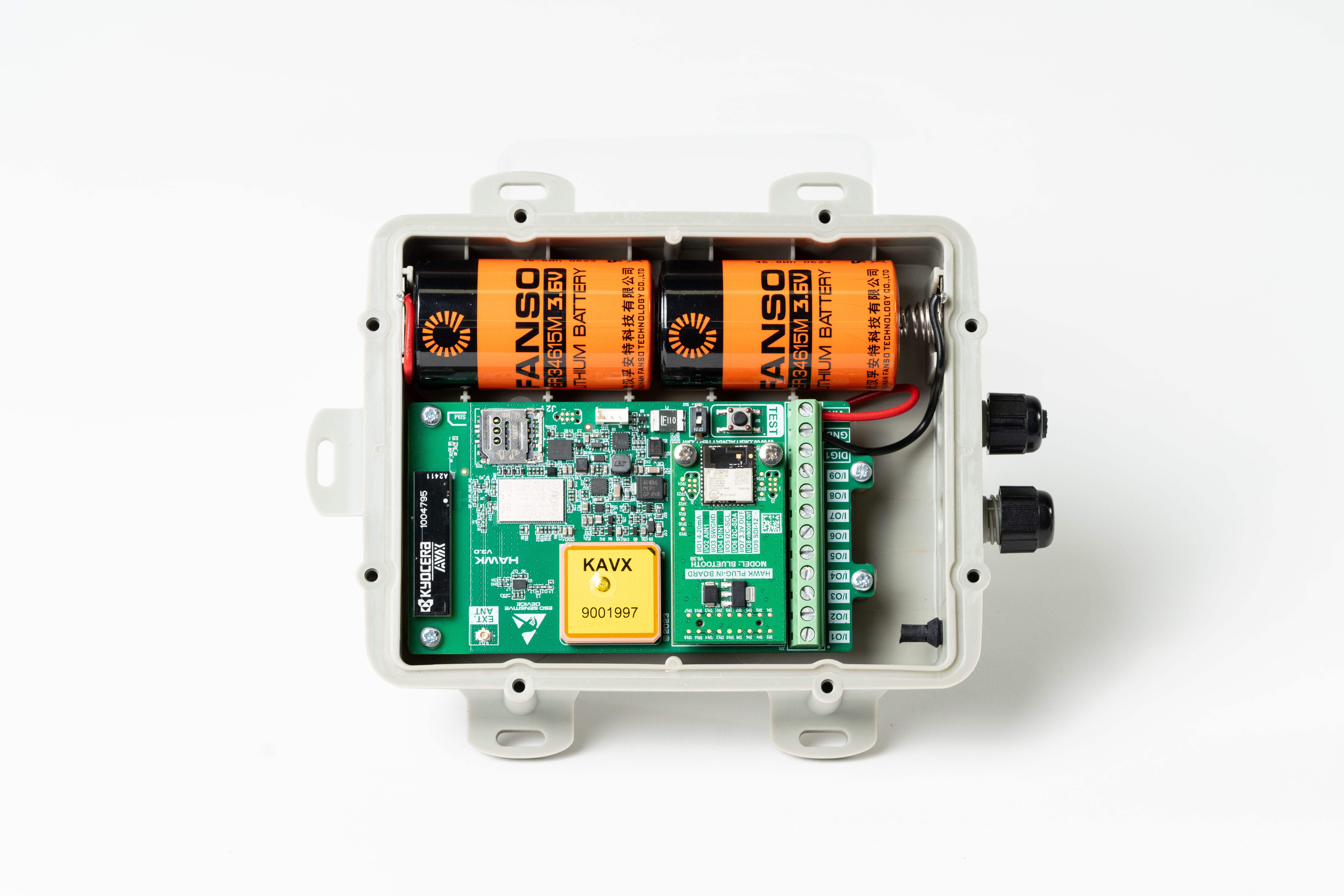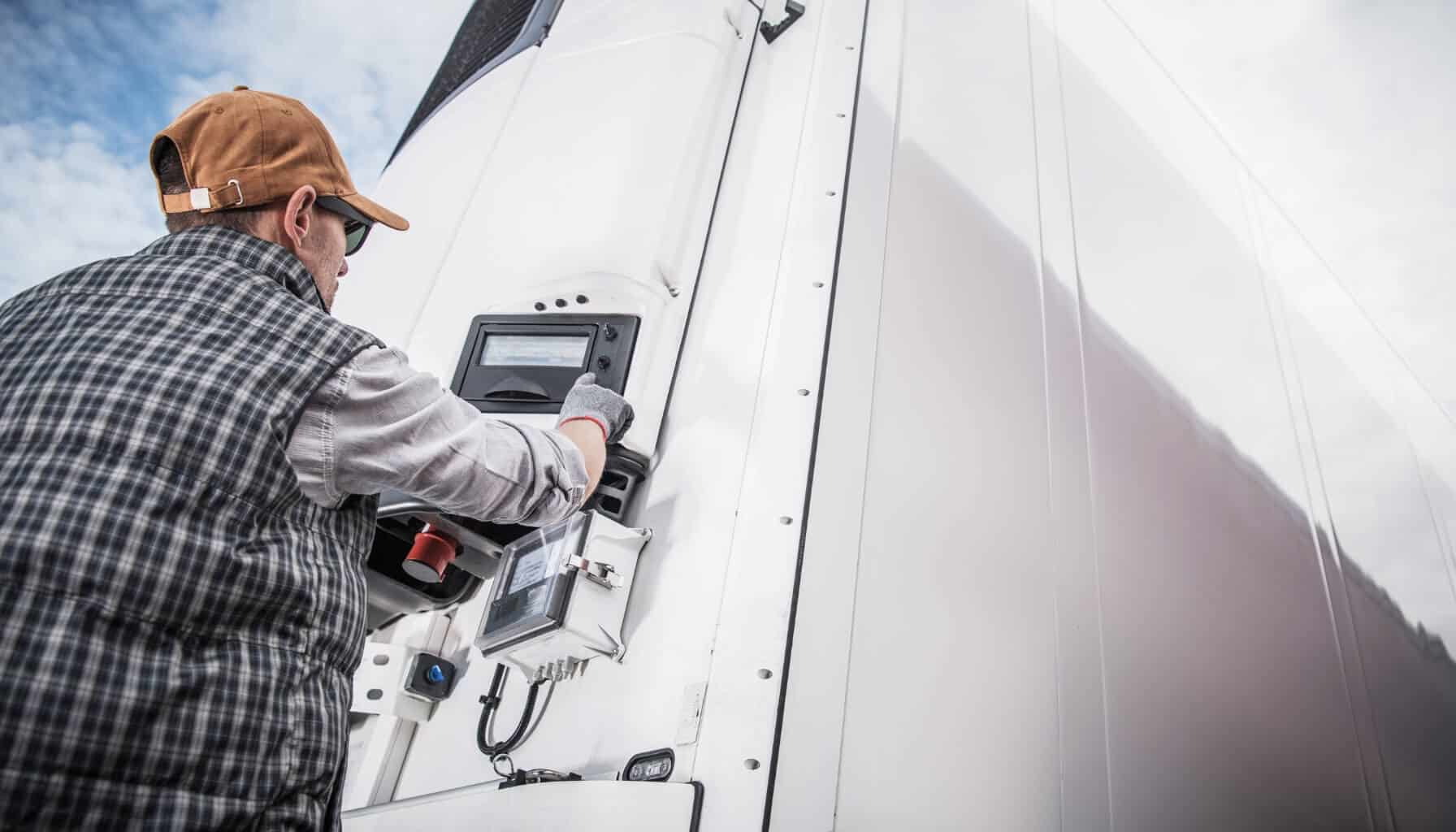I2C Sensor Monitoring

Our mission is to help businesses connect, protect, and derive more value from their assets. As a leading global innovator, developer, and supplier of IoT solutions, we drive continuous innovation to enable our partners to deploy confidently at scale worldwide.

Key Takeaways
- I2C protocol efficiency: I2C enables reliable two-way communication using just two wires (SDA and SCL), making it ideal for compact and power-sensitive systems across consumer, industrial, and automotive sectors.
- Multi-sensor scalability: With unique addressing and multidrop support, I2C allows seamless integration of multiple sensors on a single bus, enabling efficient data collection from temperature, humidity, motion, and pressure sensors.
- Real-time monitoring with data loggers: Devices like the Hawk data logger leverage I2C to provide near real-time sensor polling, preprocessing, and visualization, supporting robust remote monitoring and decision-making across diverse applications.
What is I2C Sensor Monitoring
I2C (Inter-Integrated Circuit), pronounced "I squared C", is a communication protocol widely used for connecting peripherals to microprocessors and microcontrollers in embedded systems. It is a favored protocol in many industries due to its simplicity, flexibility and low power consumption.
Key Features of I2C:
-
-
Two-Wire Interface: I2C uses just two wires for communication – one for the serial data line (SDA) and one for the serial clock line (SCL), which simplifies the connection between devices.
-
Multidrop Capability: Multiple I2C devices can be connected to the same bus, with each capable of initiating a data transfer.
-
Addressing: Each device on the I2C bus is assigned a unique address, allowing the controller device to communicate with a specific peripheral device in complex setups.
-
How It Works:
I2C communication involves the controller device initiating the communication by issuing a start condition followed by the address of the peripheral device it wants to communicate with. Once the peripheral acknowledges the address, the master can send or request data. Each data transfer is followed by an acknowledgment bit, and communication is terminated by a stop condition.
I2C is highly effective in managing data exchanges between components, utilising only a fraction of the system's resources, which is why it's extensively used in compact electronic devices.
Applications and Sensor Types of I2C in Monitoring Systems:
Automotive Systems:
-
Engine Management: Sensors that monitor engine parameters such as temperature and pressure often communicate via I2C to provide real-time data critical for vehicle performance.
-
Safety Features: Airbag deployment systems and tire pressure monitoring systems use I2C sensors to ensure timely and reliable safety measures.
Industrial and Robotics:
-
Automation Control: In robotics, I2C is used for sensor arrays that detect obstacles, measure distances, and perform complex tasks based on environmental data.
-
Environmental Monitoring: Sensors deployed within industrial settings monitor factors such as temperature and humidity, as well as chemical concentrations, through the I2C protocol.
Consumer Electronics:
-
Smartphones and Tablets: Sensors like accelerometer data, gyroscopes, and ambient light sensors use I2C to send precise data to the main processor, enhancing device functionality and user experience.
-
Wearable Technology: Fitness trackers and smartwatches utilize I2C for connecting various health monitoring sensors to the central processing unit.
Temperature Sensors
A temperature sensor is one of the most commonly deployed I2C devices in remote monitoring applications. Whether used in industrial automation, smart buildings, or environmental monitoring, these sensors provide accurate temperature data in real time with minimal power consumption. When combined with humidity sensors on the same I2C bus, they enable comprehensive climate tracking that supports predictive maintenance, indoor air quality control, and system optimization.
Reading I2C Data
I2C sensor readings involve the use of a data logger, which acts as the controller device, periodically polling the sensors (peripherals) for data. These devices can handle high-frequency data reads, enabling near real-time monitoring and decision-making. The efficiency of I2C in addressing and controlling multiple sensors makes it a robust choice for complex systems requiring frequent sensor data updates.
I2C data loggers such as the Hawk are particularly effective in environments requiring the integration of multiple sensors. These loggers not only collect and store data but also preprocess it for further analysis, supporting features like near real-time alerts, data visualization, and comprehensive data management solutions.
Developers can refer to example code provided by manufacturers or open-source communities to quickly set up and test I2C communication with various sensors. This speeds up integration and troubleshooting during the prototyping phase.

Summary
I2C sensors can be excellent choices in systems where simplicity, flexibility, and power efficiency are a requirement. Their simple wiring requirements and the ability to handle multiple sensors efficiently make I2C an ideal choice for both compact consumer devices and large-scale industrial applications. These sensors, paired with a flexible hardware solution like the Hawk data logger, could be the perfect combination for your complex remote monitoring use case.


.png)



.jpg?width=352&name=Untitled%20design%20(1).jpg)
